BLOG | Bluephage
Coliphages to ensure the absence of pathogens in biosolids
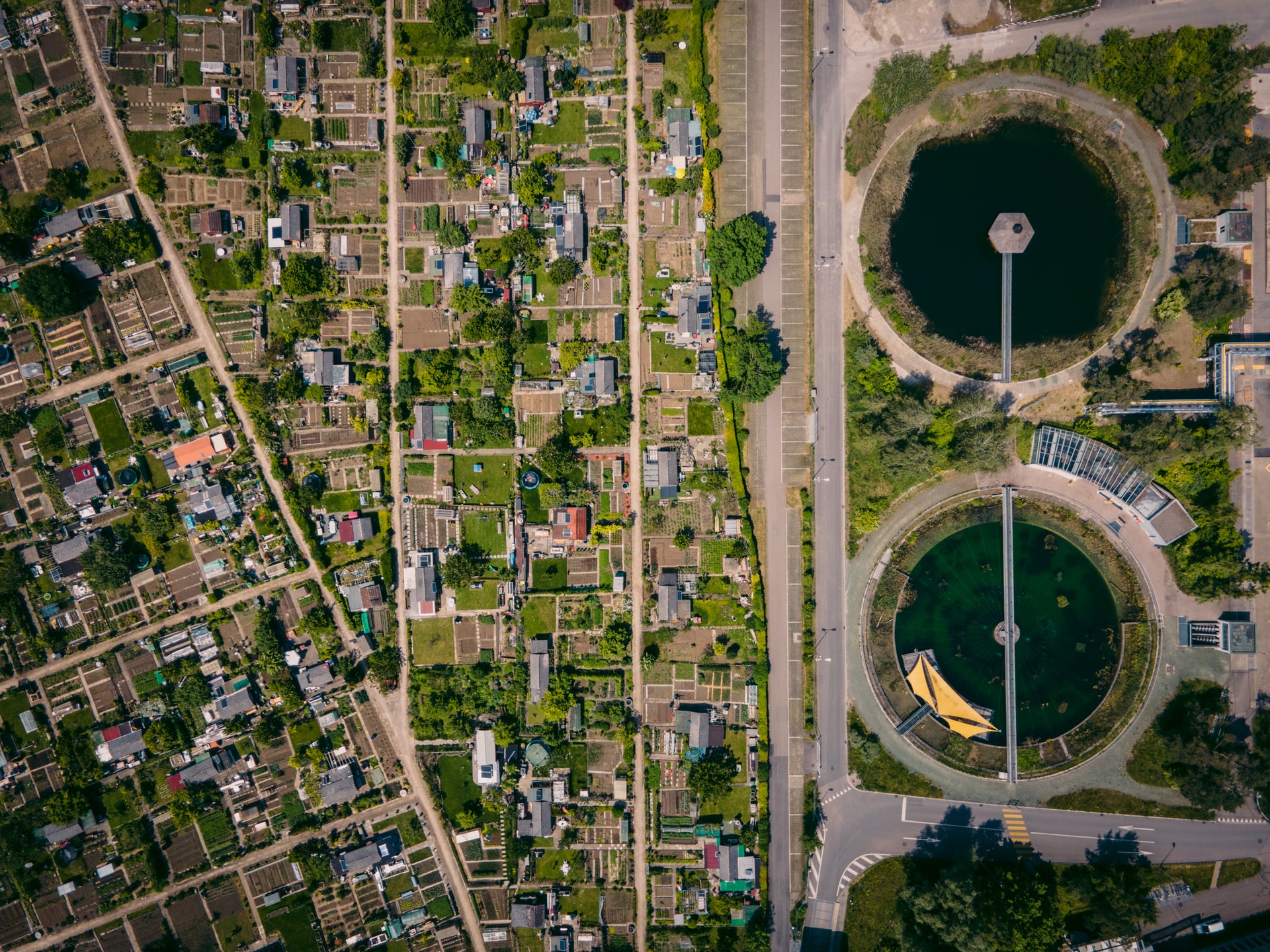
Coliphages are an excellent viral indicator in biosolids to ensure the viability of their application in different environments such as agriculture.
Biosolids are treated wastes generated during the processing of domestic wastewater in a water reclamation facility.
Sewage sludge is considered to have become biosolids once it has undergone additional treatment to significantly reduce disease-causing pathogens and volatile organic matter, producing a stabilized product suitable for beneficial use.
During wastewater treatment, liquids are separated from solids. These solids are physically and chemically treated to produce a semi-solid, nutrient-rich product known as biosolids. If properly treated and managed, they can be beneficially used for various purposes, such as application to agricultural land and reclamation areas.
Biosolids provide several benefits when applied to land at the proper agronomic rate, such as adding nutrients, improving soil structure, and reusing water.
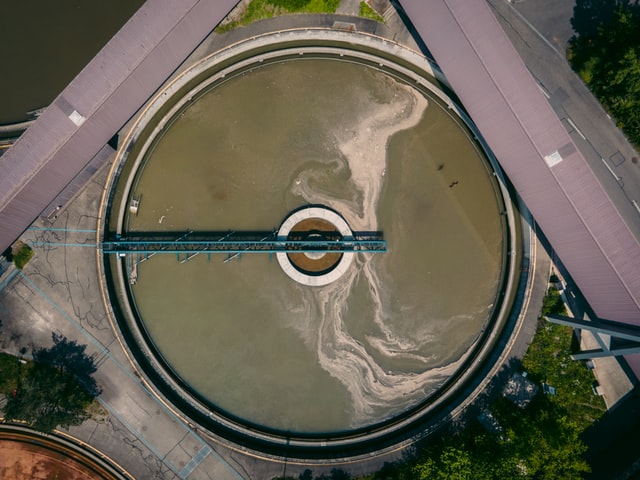
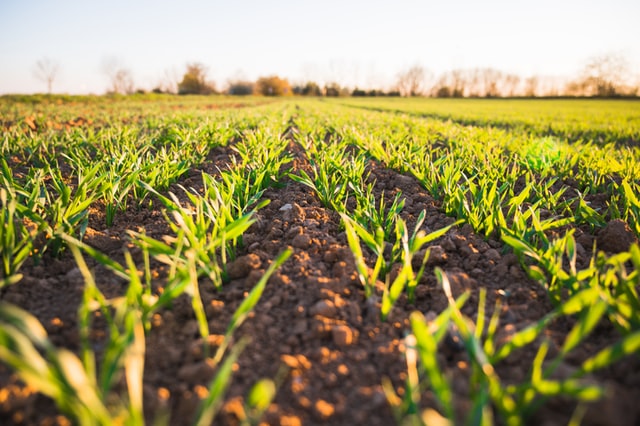
Existing requirements and guidance help ensure that biosolids are processed, handled, and applied to land in a manner that minimizes the potential risk to human health.
Biosolids are divided into “Class A” and “Class B” based on treatment methods. The different classes have specific treatment requirements for contaminants, pathogens and vector attraction reduction, and general requirements and management practices. Class A biosolids are treated to reduce the presence of pathogens below detectable levels and can be used without any pathogen-related restrictions at the application site. Class A biosolids may also be bagged and sold to the public.
Class B biosolids are also treated to reduce pathogens but still contain detectable levels of pathogens. Class B biosolids have placement restrictions to minimize the potential for human exposure until environmental factors such as heat, sunlight, or desiccation have further reduced the number of pathogens. Class B biosolids may not be sold or used in public places.
Proper handling and processing of biosolids ensure that the product contains a low number of pathogens and produces a slight odor. In addition, the high temperatures of the composting process effectively kill pathogenic organisms.
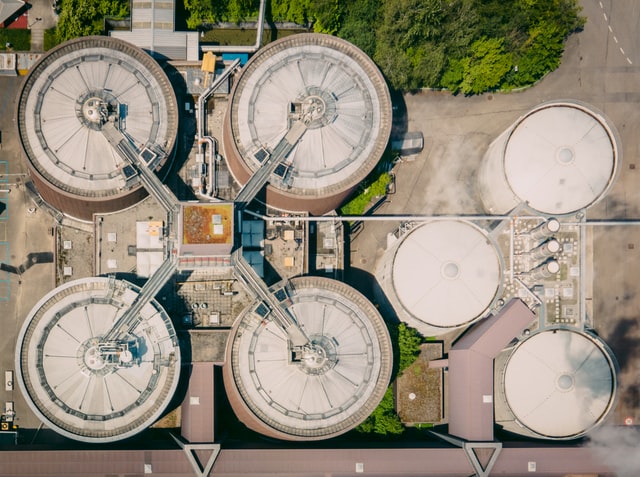
In recent years, countries such as Australia (Western Australian guidelines for biosolids management. Department of Environment and Conservation), Colombia (Decreto Número 1287 por el cual se establecen criterios para el uso de los biosólidos generados en plantas de tratamiento de aguas residuales municipales) and France ( MINISTÈRE DE LA TRANSITION ÉCOLOGIQUE, Arrêté du 20 avril 2021 modifiant l’arrêté du 30 avril 2020 précisant les modalités d’épandage des boues issues du traitement des eaux usées urbaines pendant la période de covid-19), have enacted regulations requiring the control of coliphages to ensure the absence of pathogenic viruses in biosolids, thus ensuring their safe application in agriculture and other uses related to human consumption.
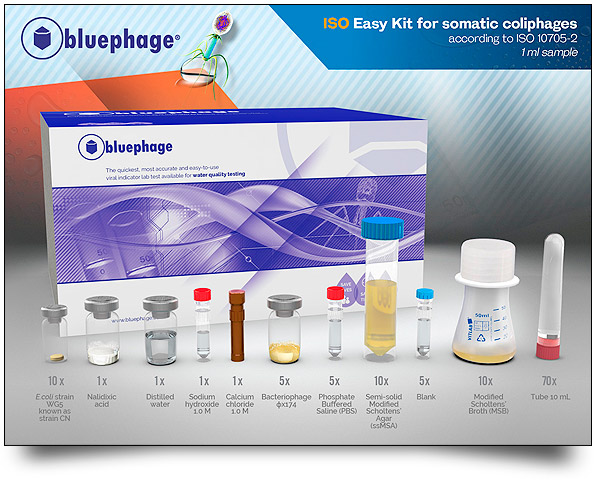
The entire Bluephage product portfolio offers solutions for detecting coliphages in biosolids, following ISO and US-EPA methods, with easy, ready-to-use kits that reduce preparation time from 4 to 2 hours and lab technician hours from 4 to 1.

